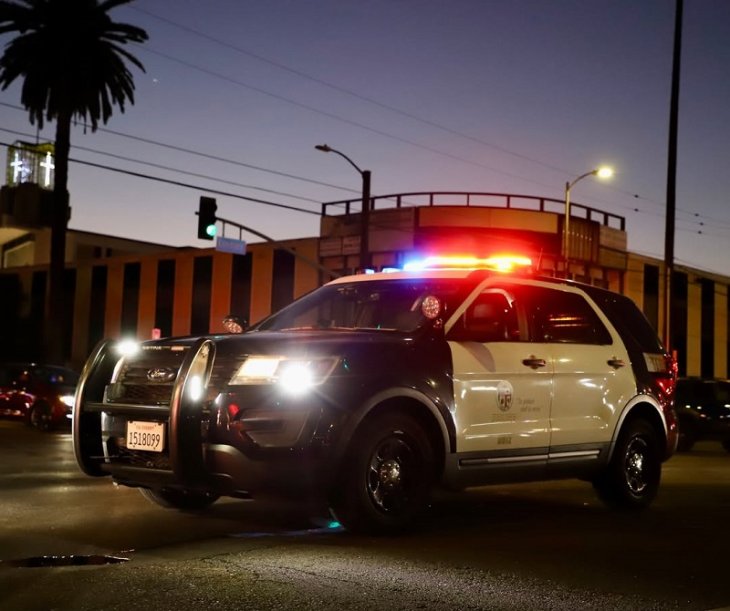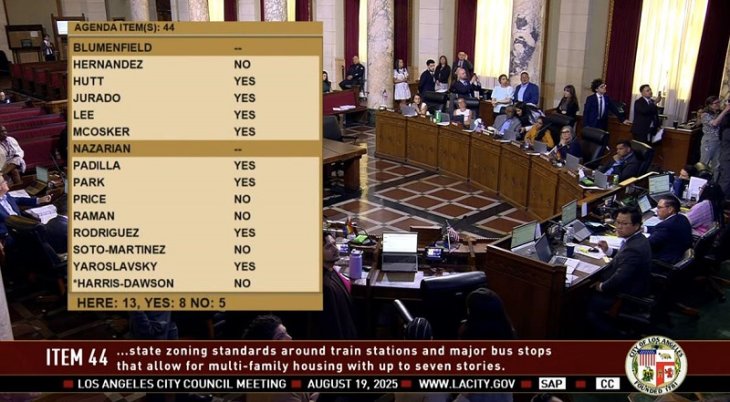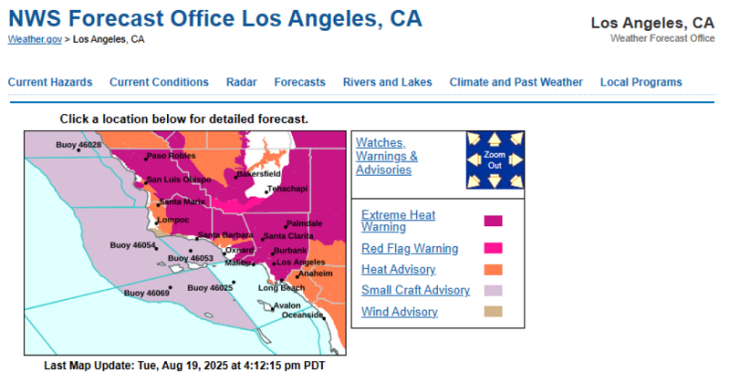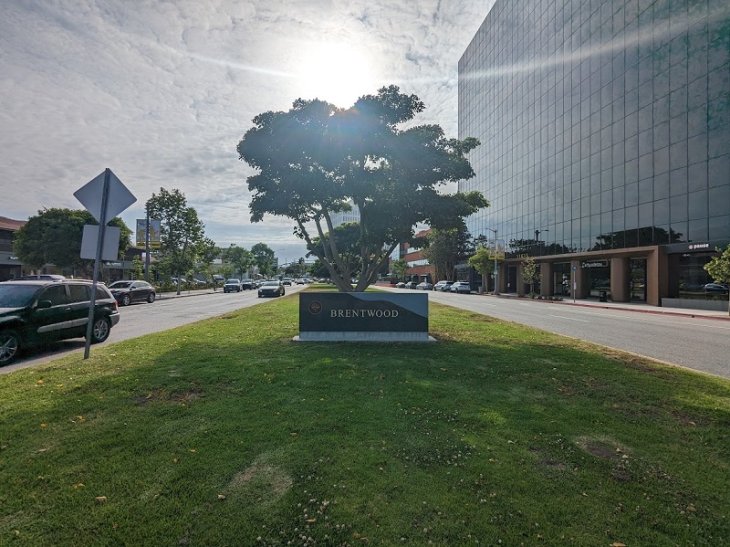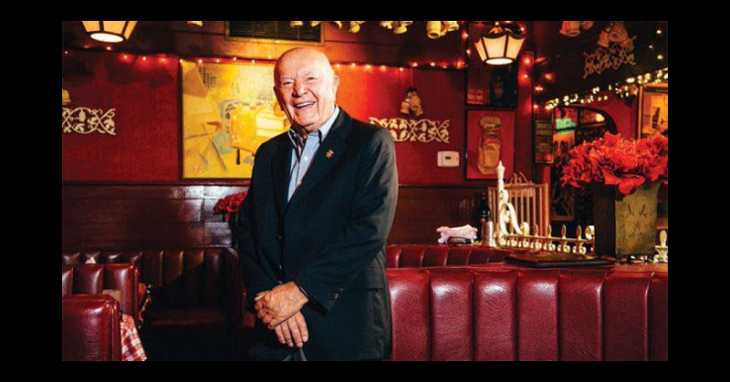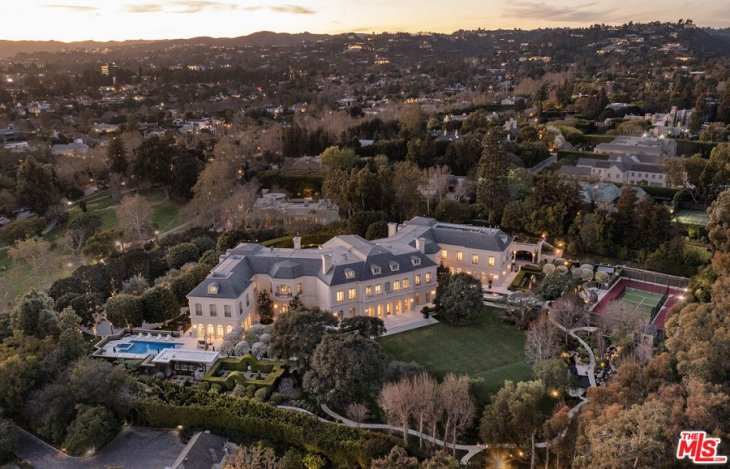
Much discussion and debate has been sparked by a neighborhood stop sign in Brentwood for the past two years, finally resulting in a community meeting that took place March 10 to address the option of a roundabout to substitute for the stop sign.
Located at the intersection of bustling Bundy Dr. and residential street Mayfield Ave., the stop sign was initially installed as a pedestrian safety measure in early 2013.
Despite increased pedestrian safety, the stop sign has acted as a double-edged sword as its presence has caused high levels of congestion on Bundy Dr., particularly during peak traffic hours.
Representatives from Los Angeles City, including Councilman Mike Bonin and Zaki Mustafa of the Los Angeles Department of Transportation (DOT), joined the community gathering at the local Tenth Church of Christ – which is a block away from the Bundy-Mayfield intersection – in order to provide Brentwood locals with in-depth information about the possibility of a roundabout, answer questions, and review a potential construction schedule. About 50 community members were in attendance.
Among other City representatives present at the meeting were Hugh Lee of the Bureau of Street Services, Matthew Masuda of the Bureau of Engineering, and Councilman Bonin’s Senior Counsel Norman Kulla.
According to Councilman Bonin, the stop sign has attracted both supporters and opponents, usually divided by pedestrians and drivers.
“[The Bundy-Mayfield stop sign] has been the most discussed intersection since I have taken office,” Bonin said. “I understand why it’s a frustrating situation for the community. I can see both sides of the situation.”
Bonin explained that in light of “the urging of several residents in the area” in late 2012, particularly pedestrians, the stop sign made sense to his predecessor and DOT.
Although Bonin considered taking out the stop sign after taking office in mid-2013 as a response to the subsequent uproar, there was a “balance of interest” that reminded him that “this was a genuine pedestrian safety issue,” he said.
Bonin said that DOT proposed the idea of a roundabout as a “balanced measure that can address both pedestrian safety and traffic congestion.”
As with any community project that may affect traffic, Bonin explained that there was an “immediate clamor” among those who live in the neighborhood, adding that “transportation professionals around the country have held that in most circumstances a roundabout is better for pedestrians than [other options],” urging those present at the meeting to “hear about it and weigh in on it.”
According to Mustafa, DOT’s principal engineer, who presented an informational PowerPoint, “pedestrian safety is the number-one concern” for the department when debating on which option to choose.
From the driver’s point of view, the main issue has been congestion on Bundy Dr. that has led to cars backing up onto Wilshire Blvd. There are also very few north-south streets through Brentwood other than this stretch. For pedestrians, cars are simply driving too fast on Bundy.
“There have been 37 collisions on this stretch since 2004 – this has a lot to do with speeding and aggressive driving,” Mustafa said. “Therefore right-of-way and aggressive driving is something we need to address. There is a real serious chance of having a fatality. We have to do whatever it takes to increase the safety of our pedestrians.”
Mustafa said that the DOT team considered five main alternatives for the stop sign: to remove all stop signs, to install all-way stop signs, to install rectangular flashing beacons, to install a traffic signal, or to construct a mini roundabout, addressing the pros and cons of each alternative.
After explaining that an all-way stop sign would significantly increase congestion, the traffic signal may encourage speeding, and the rectangular flashing beacons would increase speeding after “their novelty wears off,” Mustafa transitioned into the prospect of a roundabout.
According to his presentation, the pros of a roundabout include a decrease in speed, an increase in pedestrian safety, a reduction in congestion, and better aesthetics. The primary con is cost.
“Speeding reduces because of the forced change of direction when you’re driving in a roundabout,” Mustafa said. “Lower speeds reduce crash severity. Our goal should be to reduce speed.”
Mustafa said that a roundabout would also place pedestrians in a more visible location.
Studies have proven that “roundabouts typically achieve a 37 percent reduction in overall collisions, 40 percent reduction in pedestrian collisions, 75 percent reduction in injury collisions, and 90 percent reduction in fatality collisions” where stop signs were previously used for traffic control, according to Mustafa.
Meeting attendees were shown the blueprints for the first phase of the roundabout that Mustafa had worked on after testing certain aspects of the plan with the City’s Fire Department.
Mustafa’s presentation was followed by a question-and-answer session, during which the majority of attendees were able to address doubts and engage in conversation with the DOT engineer.
A myriad of questions, many of them regarding whether or not the locals can adjust to the unfamiliarity of a roundabout, were brought to light from residents who have resided in Brentwood for decades.
Mustafa assured the residents that “the roundabout would be taken out” in the case of failure.
Although a good deal of locals were skeptical about the concept of a roundabout, several others seemed to be convinced by the DOTs effort to construct a detailed plan to alleviate the grievances of both drivers and pedestrians.
“What have we got to lose?” one local resident said.
Bonin circulated a feedback survey both in-person at the meeting and online for those who couldn’t attend so that more residents and commuters have a chance to “explain their respective experiences with the intersection.”
To access the Bundy/Mayfield Intersection survey, visit 11thdistrict.com/bundy_mayfield_intersection_survey.


